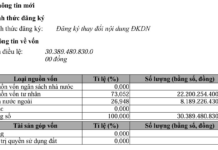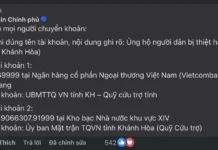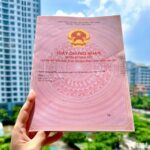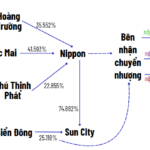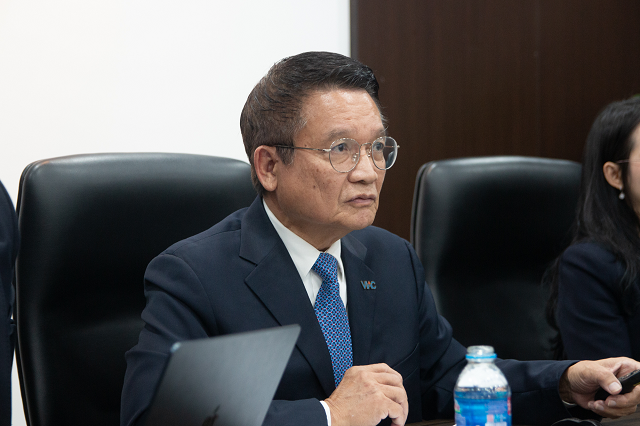
Attorney Luong Van Ly
|
According to Attorney Ly, the essence of real estate project transfer lies in the original developer (Party A) transferring the entire or partial project, along with associated rights, obligations, and interests, to the transferee (Party B) through a contract. In contrast, the transfer of land-use rights with technical infrastructure solely involves Party A conveying the land-use rights with existing technical infrastructure to Party B, excluding any project transfer.
In terms of land-related conditions, transferring a real estate project necessitates a decision on land allocation, lease, or permission for land-use conversion, along with the fulfillment of financial obligations pertaining to the land. While it is not mandatory to possess land-use right certificates, the transfer of land-use rights with technical infrastructure mandates the presence of these certificates for each land lot before executing the transfer.
From a legal and feasibility perspective, transferring a real estate project entails intricate legal procedures and requires authorization from competent state agencies. This process typically spans from six to nine months for consultations and appraisals. This challenge is particularly acute for large-scale projects (over 300 hectares) that fall under the jurisdiction of the Prime Minister’s approval for investment policies.
Conversely, transferring land-use rights with technical infrastructure to organizations is generally simpler and faster since it obviates the need for project transfer approval. Nevertheless, the transferee must undertake the necessary procedures to become the new investor/developer and seek approval for their new project’s investment policies from the provincial People’s Committee.
Unanswered Questions
According to the Law on Real Estate Business, the transferee of land-use rights with technical infrastructure is only permitted to transfer those rights if they are the project investor for the respective land area. However, there is currently a lack of clarity regarding the specific conditions or procedures that the transferee must fulfill to be recognized as a legitimate investor.
Consequently, there are two primary methods to establish the status of an investor:
The first method involves being selected as an investor in accordance with Article 29 of the Law on Investment 2020 or Article 36 of the Law on Housing 2023. Nonetheless, this approach is applicable only if the project entails the construction of residential housing.
The second method entails receiving a transfer of the real estate project. In this scenario, the transferee inherits the rights and obligations of the transferor and becomes the investor for that portion of the project.
However, the transfer of land-use rights with technical infrastructure is not considered a project transfer, and if it does not involve residential housing, it also falls outside the purview of the Law on Housing. Consequently, there remains a lack of explicit legal grounds for establishing investor status in cases of receiving transfers of land-use rights with existing technical infrastructure.
Article 37, Clause 1 of the Law on Real Estate Business stipulates that the transferring party must provide the receiving party with complete legal project and land-related documents to facilitate investment and construction procedures as mandated by regulations. Nevertheless, specific provisions regarding the implementation of inheritance procedures and land registration, akin to those outlined in Article 30 of the same law, remain absent.
Ha Le
– 09:43 29/08/2025
Two New ‘Red Book’ Regulations Bring Significant Benefits to Citizens
The new Decree No. 226, effective from August 15, 2025, brings about significant changes to land use certificate (red book) issuance regulations. The decree introduces streamlined administrative procedures and extends the period for land use fee credit. These amendments are designed to simplify the process of obtaining a land use certificate and provide greater flexibility for landowners.
“Withdrawn Applications for Residential Land Use, Yet Tax Debts Still Leave People ‘Hanging’: The Tax Department Explains Why”
The hefty land-use conversion tax has burdened many residents, who, after withdrawing their applications, were still faced with outstanding tax liabilities and late payment penalties by the tax department. This has left them wondering, “Why are we still penalized despite the land registry office’s approval of our withdrawal?”












